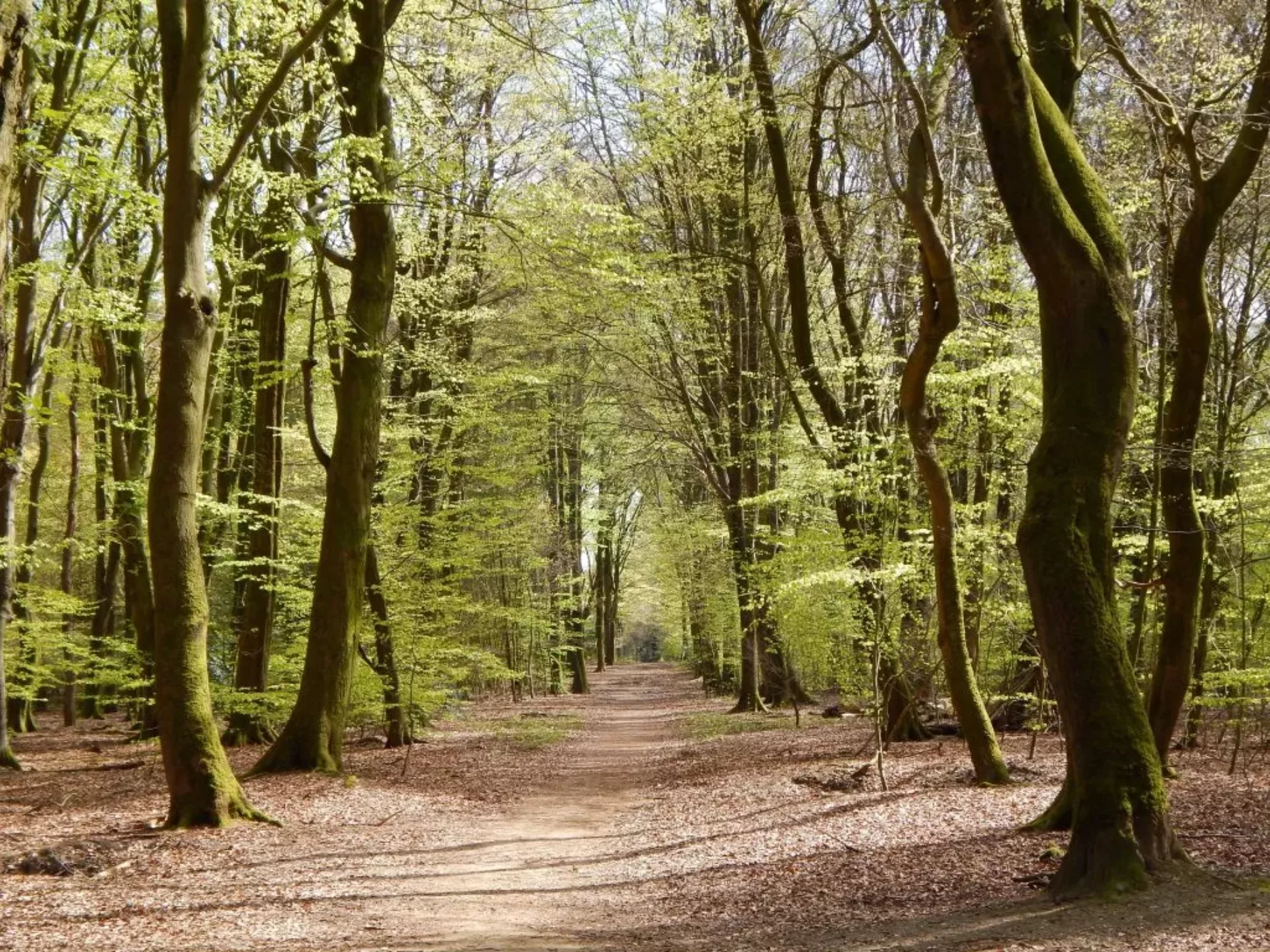Drenthe
Trees for All will plant more than 14 hectares of forest in the province of Drenthe to increase the biodiversity and create a resilient forest.

Trees for All will plant more than 14 hectares of forest in the province of Drenthe to increase the biodiversity and create a resilient forest.
bomen
hectares of forest
tree and shrub species
planting period
Together with Staatsbosbeheer we will realize more forests in the province of Drenthe. The existing forests will be expanded and connectivity between current forest plots will be increased. This will create a safe passage within the larger ecosystem for many plant and animal species.
In total 14 hectares will be planted, spread over 8 different plots within the nature areas Sleenerzand and Gieten. In total 14 different plant and shrub species will be planted to increase biodiversity and create a resilient forest. Trees that are characteristic for this area are the black alder, soft birch, common oak, hornbeam and bird cherry. Native shrubs typical to this region are, amongst others, gray willow, blackthorn, midland hawthorn, hackberry, dog rose, guelder rose and glossy buckthorn.
The so-called peat forests are formed by high groundwater tables and/or regular flooding of streams. Because of the dense soil consisting of clay and loam, the water penetrates the soil very slowly due to which the forest floor remains wet. Because of enduring drought the quality and amount of peat forests have decreased in the Netherlands.
Peat forests naturally consist of a wide variety of tree species and alternating landscapes with open areas and forest edges. Through this project we lay a good foundation for more and more diverse (peat) forest in the Netherlands.
The high diversity of trees and shrubs ensures that many different animal and plant species will feel at home in the forests. Some characteristic species that live in the transition zone between forest and the open landscape are the yellowhammer, European goldfinch, Eurasian wren, European robin, thrushes, common chaffinch and the pheasant.
Also many (night)butterflies such as the speckled wood, the holly blue, ringlet and map butterfly visit host plants in this area for their nectar. Apart from the positive effect on biodiversity, the new forests also sequester carbon from the atmosphere.
The new forests will be created in the municipalities of Coevorden and Aa en Hunze. These plots now mainly consist of former agricultural land.
In this project, we plant trees together with Staatsbosbeheer. The state forestry service is one of the parties that manages large forest areas in the Netherlands. Since 2012 Trees for All and Staatsbosbeheer have worked together to increase forest cover in the Netherlands. By now we have worked together on 9 forest projects.
“Forests accommodate more than ‘only’ trees and shrubs. Many plants and animals depend on forest. Through this project we increase biodiversity.”
– Wilco van Tellingen, forest ranger Staatsbosbeheer